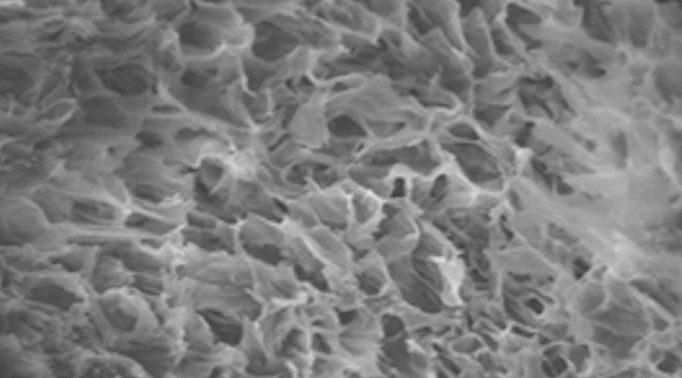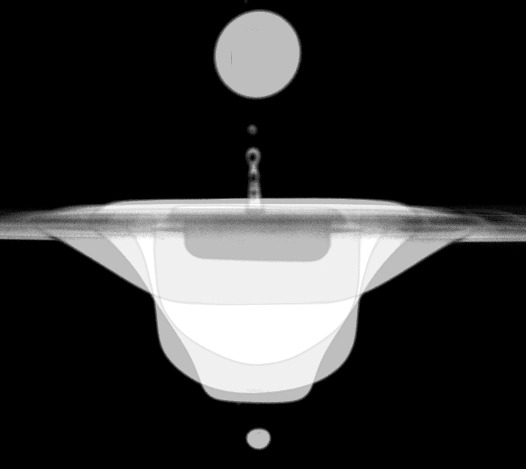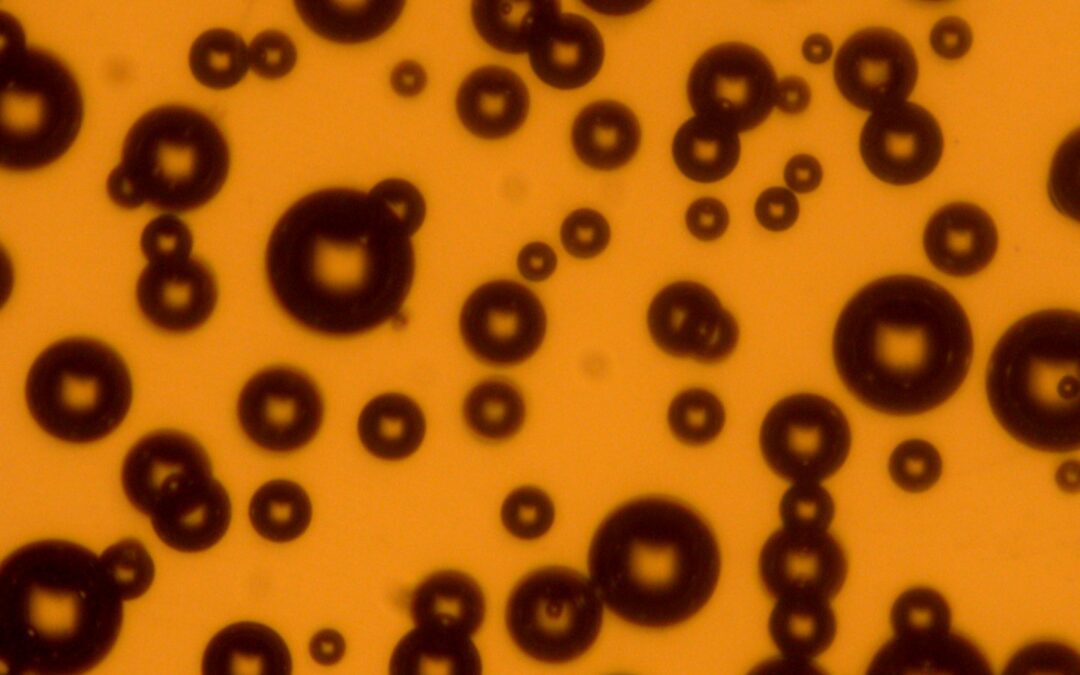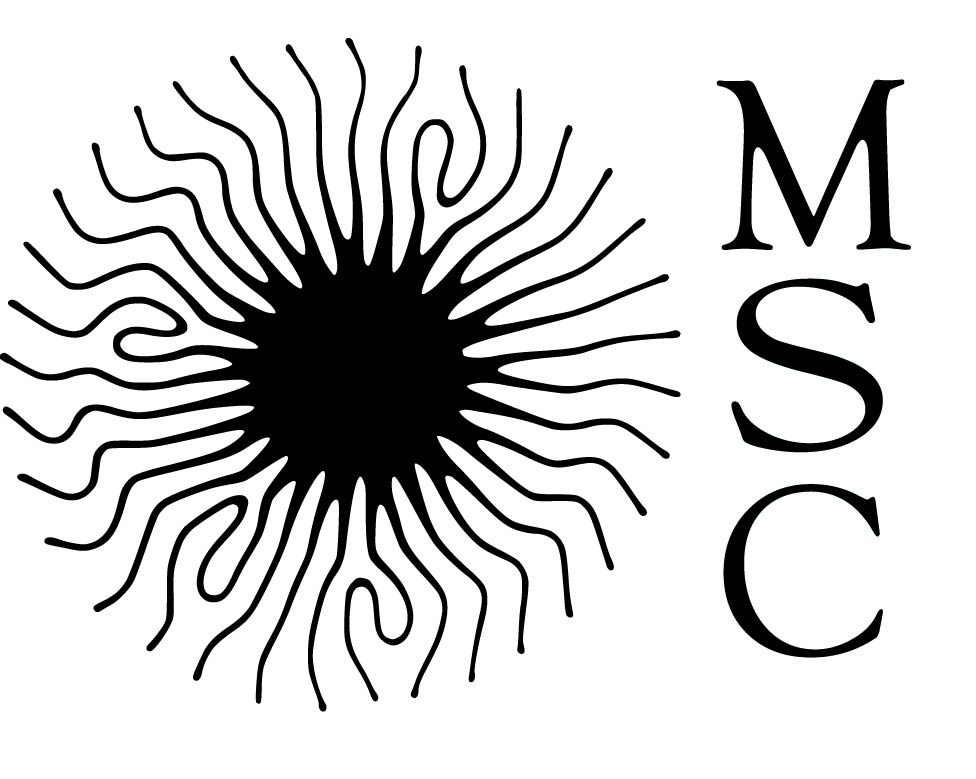Nuclear mechanics as a diagnostic and therapeutic target for glioblastoma
Glioblastomas (GBMs) are the most lethal primary brain tumours. The absence of effective therapies is mainly due to tumour invasion and to the resistance of invading cells to treatments such as radio and chemo-therapies. In GBMs, lamin proteins that control nuclear envelope stiffness, have recently emerged as potential markers of aggressiveness and tumourigenicity. Nuclear mechanics has appeared as a key determinant of cancer cell invasion leading us to hypothesize that genes controlling nuclear mechanics of GBM cells may be used as diagnostic tools and potential therapeutic targets to improve the prognostic of GBMs.
The working hypotheses of this M2 internship project is that alterations in nuclear mechanics contribute to GBM aggressiveness and directly influence cell invasive behaviour. The intern will first use clinically annotated primary patient-derived GBM cells and rheological techniques (optical tweezers, microfluidics) to measure nuclear morphology and mechanics (Figure). Second, he/she will modulate the expression levels of lamins to modify both nuclear mechanics and GBM cell invasion and test whether lamins could be used as potential molecular targets to control GBM aggressiveness.

Figure: A. Comparison of the morphology of the nucleus in two different GBM cell lines (U3039 and U 3031). B. Measurements of the viscoelasticity of the nucleus using indentation of GBM nuclei in living cells. A. Images showing a typical nuclear indentation experiment. The white cross represents the centre of the optical tweezers in which the 2 µm- diameter bead is trapped (green). The nucleus (blue) is indented by moving the cell towards the right (white arrow) which displaces the bead away from the trap centre of a distance ∆x. C. Scheme of the bead in the optical trap. D. Force-indentation curve showing the force F as a function of the indentation d in the experiment shown in B.
Key words: nuclear envelope; lamin A/C; lamin B1; lamin B2; LINC complex; optical tweezers; microfluidic; cancer; glioblastoma; cytoskeleton; migration; invasion.
Collaborators: Sandrine Etienne-Manneville (Institut Pasteur, Paris), Catherine Villard (Institut Curie, Paris), Wang Xi (IJM, Paris), Nicolas Borghi (IJM, Paris)
Laboratory: Matière et Systèmes Complexes, UMR 7057 CNRS-Université de Paris, 10 Rue Alice Domon et Léonie Duquet, 75013 Paris
Contact: Jean-Baptiste Manneville (Jean-Baptiste.Manneville@u-paris.fr)
À lire aussi

Internship/PhD on Hydrogels for adsorption of toxic metals
Proposal for master internship/PhD Hydrogels and composites with optimal efficiency and minimal environmental impact for adsorption of toxic metals The increasing demand for water due to technology and industrial activity has led to the use of hydrogels to treat...

Bubble entrapment by drop impact
Only under certain conditions does a drop falling onto a bath entrap an air bubble. We propose a phenomenological law that describes these bubbling conditions in terms of Froude, Weber, and capillary numbers.Figure. Superimposed images of a drop and the cavity it...
18-month post-doctoral fellowship on pulmonary surfactant
Structure and rheology of pulmonary surfactantResearch The INHALE project, funded by the French National Research Agency (ANR), seeks to investigate the viability of surfactant replacement therapy in adults afflicted with respiratory disorders. Pulmonary surfactant is...

PhD defense. 05/11/2024, Lorijn van der Spek: “Application of mechanical and geometrical constraints of muscle cells to promote differentiation at different scales”
Tuesday, November 5th, Bâtiment Condorcet, 10 rue Alice Domon et Léonie Duquet, 75013 Paris. PhD defense of Lorijn van der Spek Application of mechanical and geometrical constraints of muscle cells to promote differentiation at different scales Supervised by Myriam...
